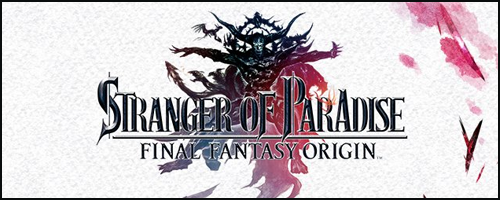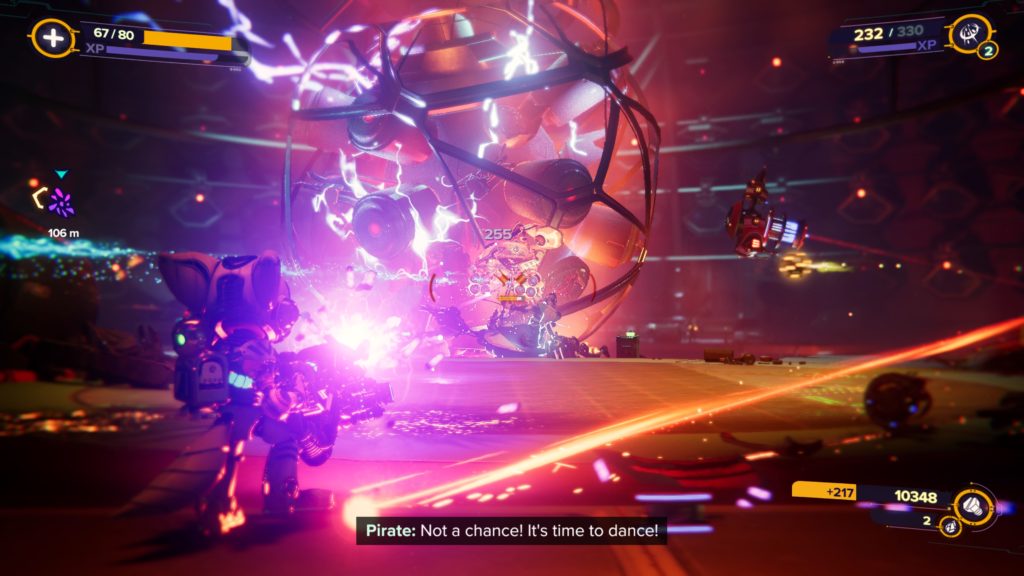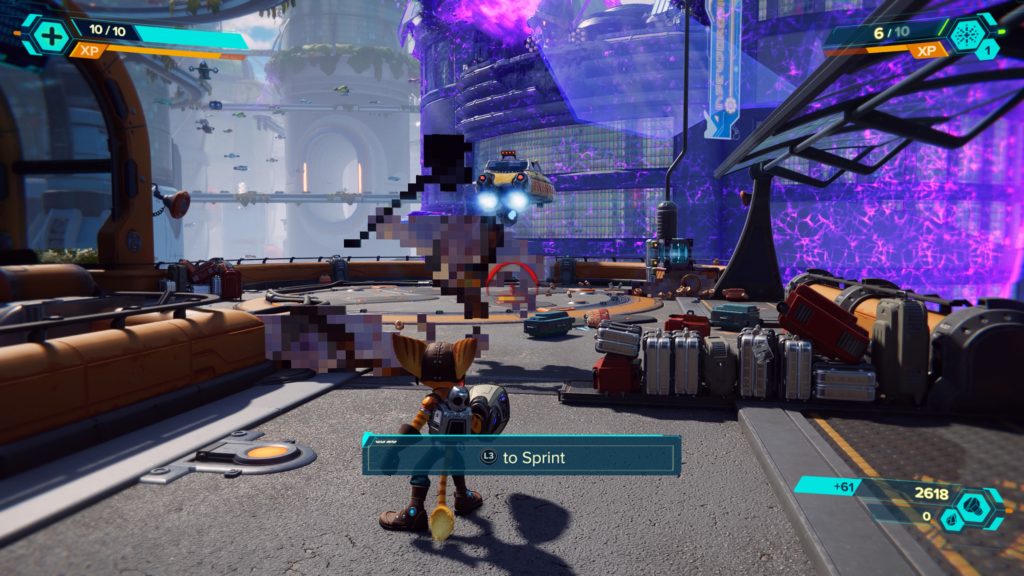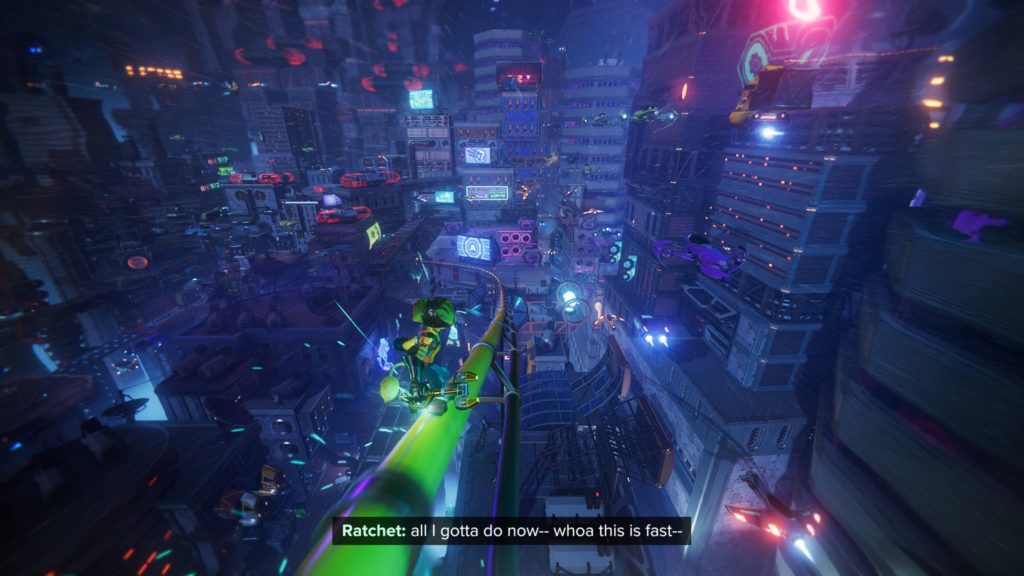- Genre: Action/Adventure
- Platform: PS5
- Also Available On: PS4, Xbox One, Xbox Series, PC, Stadia
I really enjoyed Watch Dogs 2. Ya, it’s clearly an Ubisoft open world game with all the things that come with that. Ya, it’s clearly got some elements of Grand Theft Auto. However, where it stood out was in its use of stealth and hacking to make direct combat largely a choice, and not a necessity. Legion continues that path, and improves in it in a number of ways. While some of their story and metagame choices didn’t hit as well as me, the stealth aspects alone ended up being enough for me to recommend this one.
This may be my favorite stealth gadget of all time. pic.twitter.com/vBHSxueNL0
— Dan Weiss (@schenksmill) June 19, 2021
We’re starting here because the stealth spider is where I spent probably 75% of my game time. I’m not kidding. As a gadget, it does damn near everything the player can do in terms of the core loop in Watch Dogs. It can take out guards, it can hack things, it can open doors, it can pick up items. What it also does is give a much smaller visual footprint, allowing for an even better ability to hide. It transforms the series from something where a stealth focus feels like a fun but lucky situation into a place where stealth is absolutely a primary way to play the game.
However, this thing isn’t just useful for stealth on its own. Outside of combat and need to get in tight spaces? Use the spider. Stuck in cover trying not to get shot? Toss the spider thing out to flank your enemies and start taking them out one by one to open things up a bit for you. Need some sight lines but don’t have a camera to hack? Toss the spider out to a spot with a better vantage point. It’s such a versatile tool that in a lot of cases it would feel incredibly overpowered. However, in game like Watch Dogs? It just makes sense thematically with all the hacking and hi-tech involved, and makes sense within the gameplay where stealth as a full-time option is already encouraged.
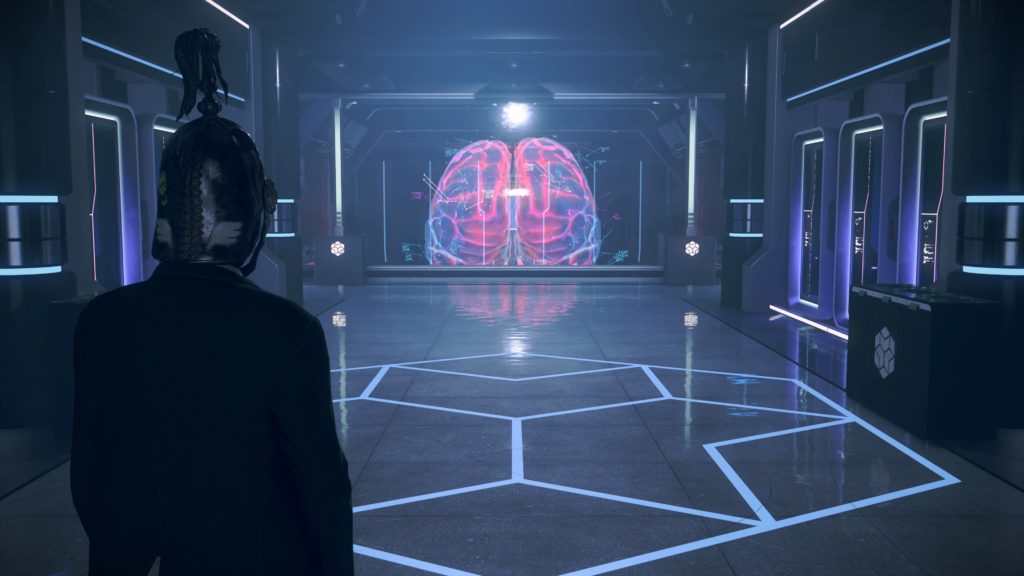
If there’s anything I really had a big issue with, it’s around the story. It’s not that I found it bad – generally speaking I found the overall story to be fairly interesting – it just felt unfocused.
One of the big marketing features around the game was that you can recruit anyone and play as anyone. That’s pretty close to true. If you see someone that you find interesting in the world, you can start a recruitment mission for them. Finish up the mission, and they’re added to your team roster. You can hot swap to them at any time and go right away. If you die in a mission, the person that died can either be perma-dead or on a bit of a timeout, depending on the difficulty you choose. This part is all pretty interesting. You can build out your roster focusing on the skill set you want – whether it’s hacking, weapons, stealth, team buffs, etc. In that regard, I think the system succeeded.
However, on the story front it felt less successful. Since anyone can be thrown into the story at any time, it felt like the story happened around the team members. If they die, it’s not generally a big deal. They’re replaceable. They each have some voice acting, but most of the story is presented by fixed members, whether it be your AI assistant, the DedSec London leader, or the antagonists. From a story perspective, it doesn’t really matter who you’re playing as so in that regard the stakes for individual team members feel pretty low. Within the overall narrative, you have an interesting tech-focused story, but it feels like something that happens regardless of who you’re playing as. It was kind of a weird thing that I never really could reconcile in my head, and it resulted in the gameplay being the thing that drove me forward, and not so much caring about where the story was going to end up.
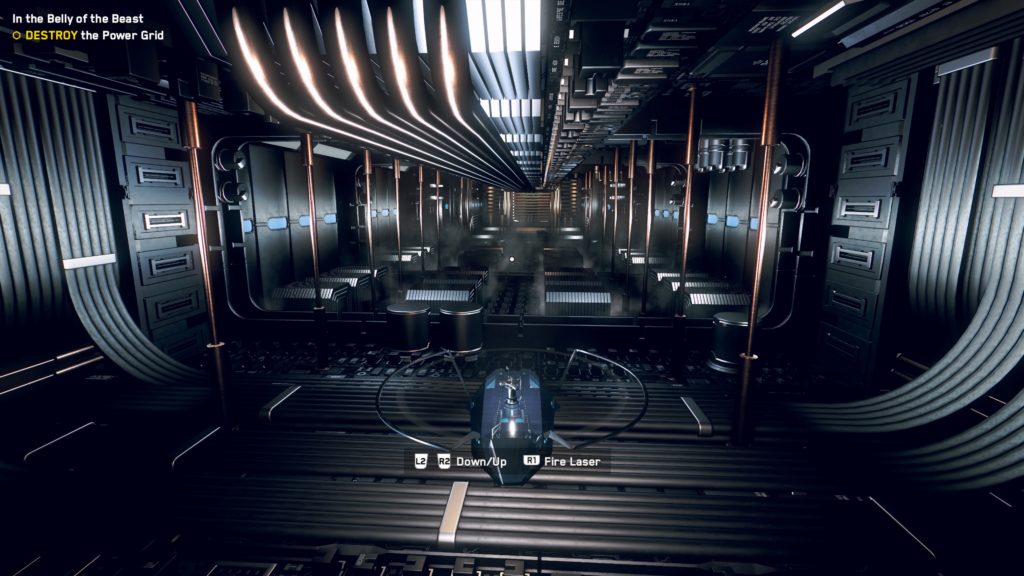
Luckily, this is a game I would recommend on the basis of its gameplay alone. The core game is fun enough. Combat works pretty well, driving works pretty well, the upgrade systems work pretty well, there’s enough fun side content to do between story missions. However, the star of the show is the stealth aspects for me. Those alone make this game one that will bring me back when the DLC expansion comes out, and it’s enough to have me looking forward to the future of this series.

